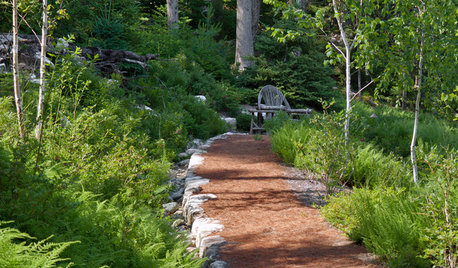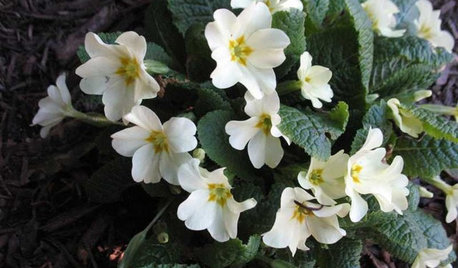Pine Bark Mulch (Shredded) As Base For Container Plants
djlen3
14 years ago
Featured Answer
Sort by:Oldest
Comments (9)
tapla (mid-Michigan, USDA z5b-6a)
14 years agoRelated Professionals
Camas Landscape Architects & Landscape Designers · Marco Island Landscape Architects & Landscape Designers · Parole Landscape Architects & Landscape Designers · Cedar Hill Landscape Contractors · Fairhope Landscape Contractors · Las Vegas Landscape Contractors · Middle River Landscape Contractors · New Baltimore Landscape Contractors · Paterson Landscape Contractors · Whittier Landscape Contractors · Lauderdale Lakes Landscape Contractors · American Fork Decks, Patios & Outdoor Enclosures · Lincoln Decks, Patios & Outdoor Enclosures · Lincolnton Decks, Patios & Outdoor Enclosures · Scotts Valley Decks, Patios & Outdoor Enclosuresdjlen3
14 years agotapla (mid-Michigan, USDA z5b-6a)
14 years agodjlen3
14 years agotapla (mid-Michigan, USDA z5b-6a)
14 years agodjlen3
14 years agotapla (mid-Michigan, USDA z5b-6a)
14 years agodjlen3
14 years ago
Related Stories

GARDENING GUIDESHow to Pick a Mulch — and Why Your Soil Wants It
There's more to topdressing than shredded wood. Learn about mulch types, costs and design considerations here
Full Story
GARDENING GUIDESNew Ways to Think About All That Mulch in the Garden
Before you go making a mountain out of a mulch hill, learn the facts about what your plants and soil really want
Full Story
GARDENING GUIDESThe Art of Green Mulch
You can design a natural garden that doesn’t rely on covering your soil with wood and bark mulch
Full Story
GARDENING GUIDES5 Things to Know About Weeding and Mulching Your Native Garden
What’s the best time to pull weeds? How thick should the mulch be? Here’s the scoop for a healthy landscape
Full Story
SPRING GARDENING7 Great Container Plants for Early-Spring Appeal
Good things sometimes come to those who impatiently head to the nursery for plants that can take a chill
Full Story
CONTAINER GARDENSSolve Your Garden Border Dilemmas With Planted Pots
Set your containers free from the patio — placed among plantings in the ground, they fill unsightly gaps, let you experiment and more
Full Story
GROUND COVERSGround Force: 10 Top Ground Covers for Your Garden
Protect your soil from weeds and drought this summer with a living mulch of ground covers
Full Story
CONTAINER GARDENSContainer Gardening Basics: The Dirt on Soil
Learn the types of potting soil available and the best mixes to help your containers thrive
Full Story
GARDENING GUIDESWhen and How to Plant a Tree, and Why You Should
Trees add beauty while benefiting the environment. Learn the right way to plant one
Full Story
FARM YOUR YARDHow to Grow Vegetables in Containers
Get glorious vegetables and fruits on your patio with a pro’s guidance — including his personal recipe for potting mix
Full StoryMore Discussions






Kimmsr